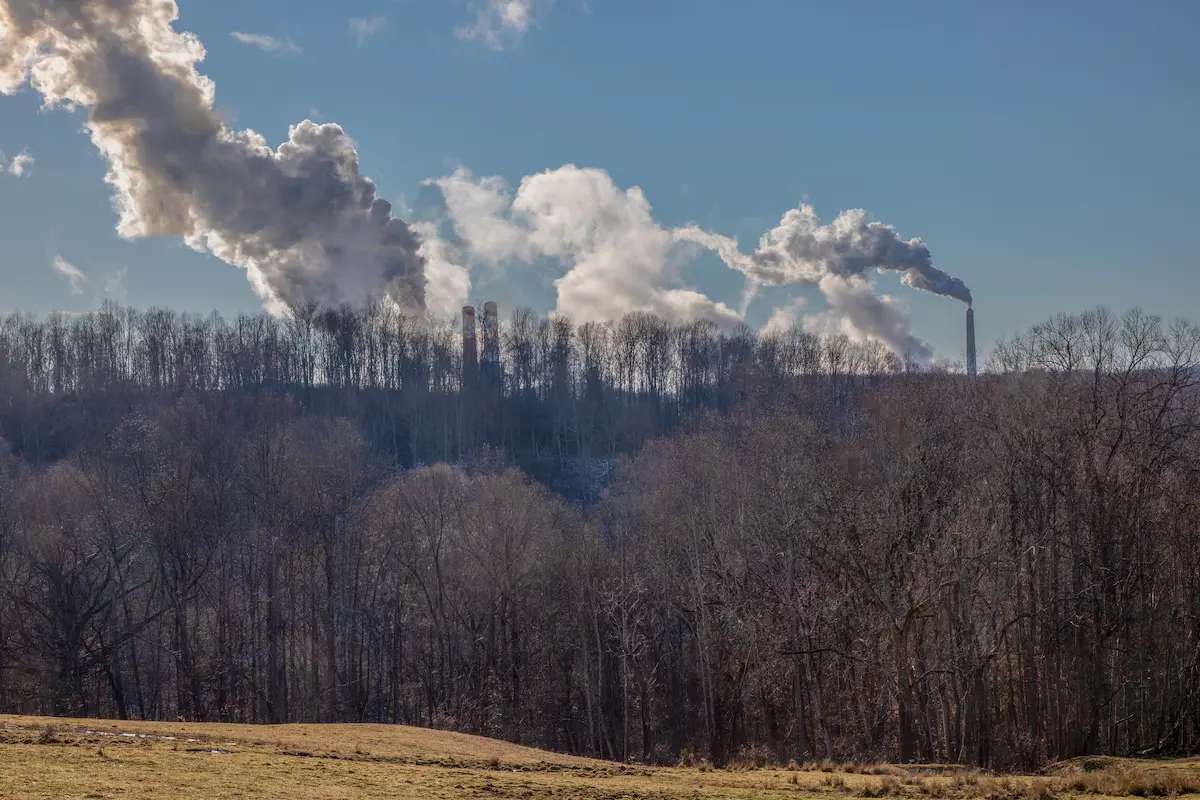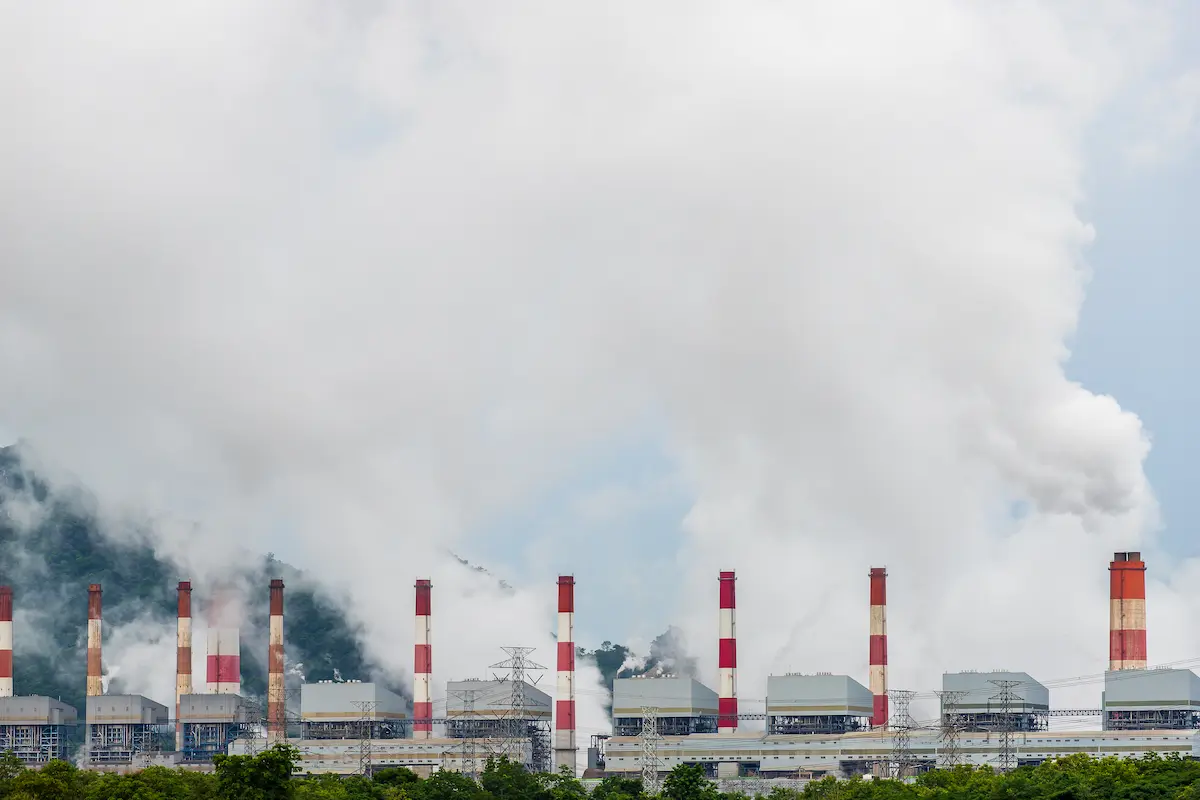Our planet is in grave danger because of climate change. Rising temperatures and extreme weather events are destroying ecosystems and disturbing the lives of all living beings. People and businesses are both under a lot of pressure to reduce their carbon footprints. This makes it hard to balance growth with sustainability. This is where carbon credits come in, offering a practical solution to offset emissions and promote eco-friendly initiatives. But how do carbon credits work?
Carbon credits fight climate change by rewarding innovative emission reduction projects. Visionaries propose ideas, like tree planting and wind farms, and developers bring them to life. Each tonne of CO2 saved earns a credit. Companies can reduce their carbon footprint and meet environmental goals by trading verified credits.
However, this is just the outline of the entire process. There are various other aspects of carbon credits that demand proper attention. So, in this article, we will discuss everything you need to know about carbon credits. Keep reading to learn more.
What Are Carbon Credits?
Carbon credits are units that can be bought and sold. Each one represents a certain amount of carbon dioxide (CO2) or other gases that are released when greenhouse gas emissions (GHG) are cut down or eliminated. Their purpose is to encourage people to use climate targets. One carbon credit is equal to one metric tonne of CO2e (carbon dioxide equivalent).
These credits can come from different carbon projects, like reforestation or renewable energy. Both private individuals and businesses are able to start any carbon project, each with its own features and market value. These project starters are sometimes called “suppliers of carbon credits.”
Most of the time, the credits are in line with the Sustainable Development Goals. This means that the impact that is measured in metric tonnes of CO2-e has more environmental and social value.
How Do Carbon Credits Work?
Carbon credits are a way to tackle climate change by rewarding projects that reduce or remove GHGs. Here’s how it works:
At first, project initiators, who are individuals or groups with ideas to offset carbon emissions, such as planting trees or building wind farms, propose their ideas. Then, project developers bring these ideas to life by planning and executing the projects to offset emissions from fossil fuels. These projects actively reduce or sequester CO2 from the atmosphere. For instance, natural carbon sinks like trees absorb CO2, and wind farms produce clean energy, reducing the use of fossil fuels.
For each metric tonne of carbon dioxide a project prevents from entering the atmosphere, it earns a carbon credit. So, if a project stops 1,000 metric tonnes of CO2 emissions, it earns 1,000 carbon credits. To ensure these projects effectively offset carbon emissions, they must comply with strict rules for registration and credit issuance. Independent validators verify the project’s impact and the number of carbon credits it earns.
Once issued, carbon credits are traded on specialised platforms. These platforms are similar to those of online stores or auction houses. Companies buy these carbon credits to offset their emissions, meet regulatory requirements, or enhance their environmental credentials. When purchased, these credits represent a commitment to offset a specific amount of emissions. Such commitment helps organisations balance their carbon footprint while they work on internal emission reduction.
Are Carbon Credits the Same as Offsets?
People sometimes get carbon credits and offsets mixed up because they are both measured in tonnes of CO2. However, they are not the same thing at all.
Offsets are not made or given out by a specific regulatory body, like carbon credits are. The second thing is that they are not limited to specific regulatory areas, like carbon credits are. They can trade freely on many “voluntary markets” around the world.
Here’s a table to help you understand the distinctions better:
| Aspect | Carbon Credits | Carbon Offsets |
| Definition | Measurement unit to “cap” permissible emissions | Measurement unit to “compensate” for investing in green projects |
| Purpose | To limit the amount of emissions an organisation can produce | To reward and monetise carbon reduction projects |
| Usage | Used to comply with emission caps | Used to balance out emissions by investing in carbon removal projects |
Who Sells Carbon Credits?
As long as they can join a carbon registry or sequestration programme, a wide range of businesses and individuals can sell carbon credits. For example, landowners who include their forest, grassland, or rangeland in a project that measures and pays for carbon stored may be able to sell carbon credits. After that, landowners may be able to make more money by selling credits that are linked to how well they manage their land. Most of the time, the project operator will also get paid a broker fee.

Why Companies Buy Carbon Credits?
As mentioned earlier, companies can reduce their carbon footprint by purchasing carbon credits. Here is a better explanation of this:
Public and institutional pressure on companies to make net zero commitments is growing because of how urgent the climate crisis is. Companies make these commitments to cut down on the carbon they release when they run their businesses. For some, turning around how they do business is one way to cut down on emissions. However, for most businesses, it is not possible to get rid of all emissions.
This is where carbon credits come into play. Carbon credits give businesses that can’t completely get rid of their emissions a chance to compensate. When businesses buy a carbon credit, they finance actions that reduce emissions, like planting trees or conserving nature. This helps businesses take a strong stride towards their net zero commitments.
How Large Is the Australian Carbon Credit Market?
The size of the carbon credit market is hard to predict because each market has its own rules and is located in a different area. The secondary carbon credit market in Australia was worth about $150 million in 2021, 170% more than it was in 2020. Besides, in 2023, approximately 17.2 million Australian carbon credit units (ACCUs) were issued. In the same year, the generic ACCU spot price ranged from $24.00 to $39.25. Additionally, human-induced regeneration (HIR) ACCUs had an average premium of $3.70 over generic ACCUs.
However, it’s expected that at least 20 million ACCUs will be issued in 2024. This will further impact the market dynamics.
Can You Make Money from Carbon Credits?
Yes, it is possible to make money from the sale of carbon credits. This would be based on emissions offsets that can be shown to come from things like managing forests or land. However, carbon markets can be unstable. Hence, the price of carbon credit can change over time and in different places. There are also costs associated with selling carbon credits, such as the cost of verifying them and the diminished value of carbon offset projects.
Conclusion
Carbon credits are units representing a reduction in greenhouse gas emissions. Each credit equals one metric tonne of CO2. Projects like reforestation or renewable energy generate these credits. Companies buy carbon credits to offset emissions and meet environmental targets. Selling credits can be profitable but involves market volatility and verification costs.
Often in line with the Sustainable Development Goals, credits can be traded between businesses and people. It’s also important to remember that offsets and credits differ. While offsets compensate by funding green projects, credits limit emissions.
If you are thinking of indulging in an offset project in Australia but can’t find a place to start, Clima can help you. Independent organisations have independently verified and certified all of our carbon offsets. Additionally, our website displays our carbon offset certifications so that you can keep track of our progress and make smart choices. Contact us today to learn more.


